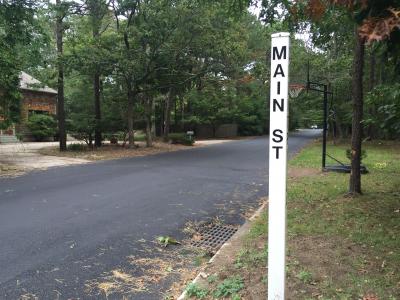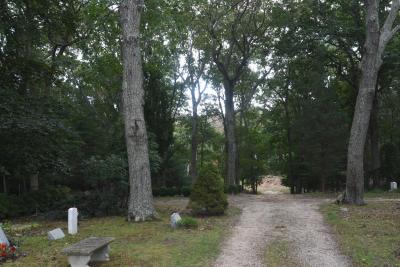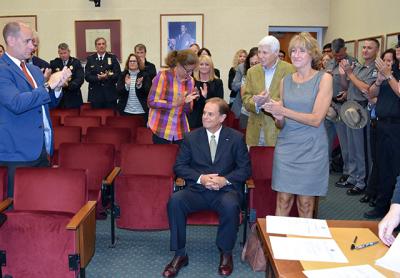Street Mixup May Get a Fix
Street Mixup May Get a Fix

Not too many people know that a short spur of road in East Hampton’s Northwest Woods, perpendicular to Jason’s Lane but on the other side of Old Northwest Road, is named Main Street — and that is a problem for those who live there. The East Hampton Town Board discussed changing the name during Tuesday’s work session, when Alex Walter, Supervisor Larry Cantwell’s executive assistant, told the board that Woodlot Lane had been chosen as a potential new name.
According to Mr. Walter, the residents of the Northwest Woods Main Street had requested that the name be changed for obvious reasons, such as police, ambulance, and fire department services, but also because visitors and deliveries are inconvenienced by accidentally going to Main Street in East Hampton Village.
Mr. Walter said Woodlot Lane had been selected from a list of possibilities after discussion with Averill Geus, East Hampton’s town historian, and Hugh King, the East Hampton Village town crier.
Mr. Cantwell and other town board members were amenable to the change, and a public hearing is expected on it within the next few weeks.
“Some people remember that ‘wood lots’ were a historic term used because a lot of the land in the Northwest Woods area, the wooded area predominantly, were sold, leased, or rented out in wood lots, so that people could cut trees and provide wood for their heating needs down in the village,” Mr. Cantwell said.
Whether the residents of adjoining streets with names that duplicate others in town — Mulford and Dayton Avenues, for example, will want to follow suit remains to be seen.






